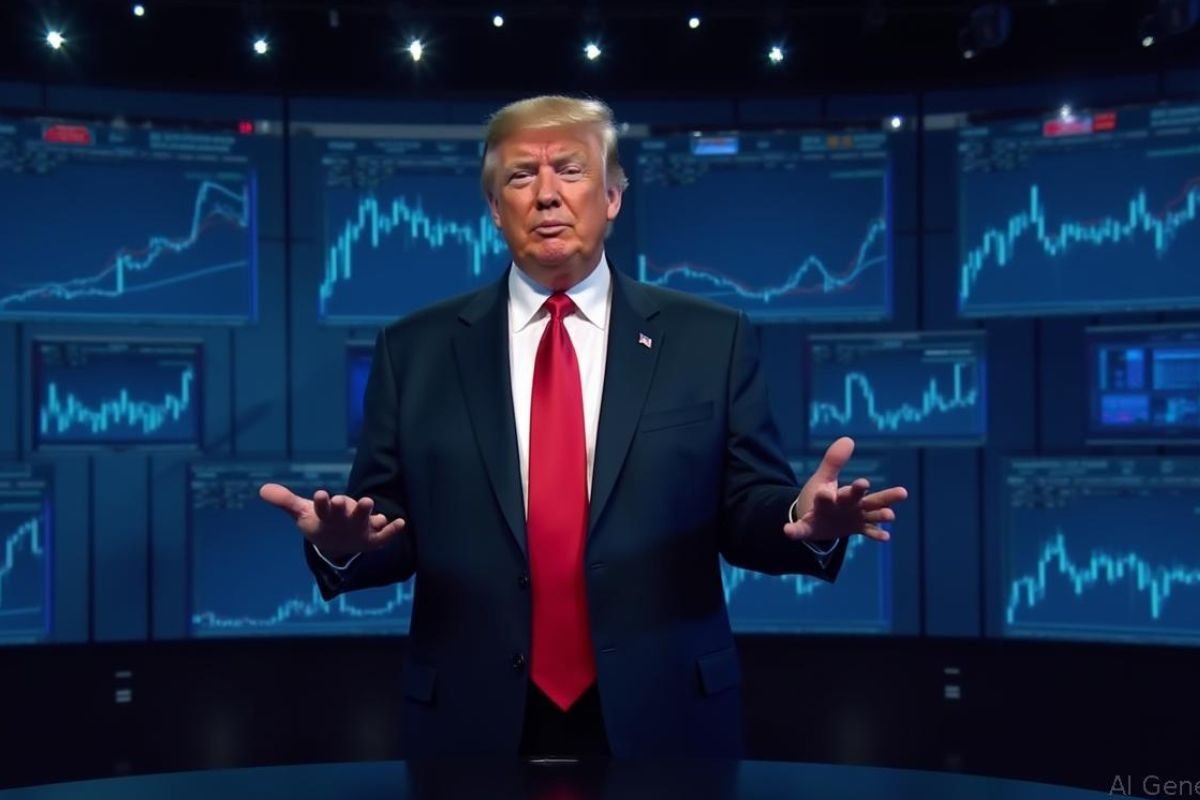The Australian Dollar (AUD) struggled for momentum on Monday, even as tensions between the United States and China appeared to ease slightly.
At the time of writing, the AUD was trading around 0.6390 against the US Dollar (USD), reflecting a cautious market mood.
In theory, cooling trade tensions should have played in Australia’s favor — after all, China is Australia’s largest trading partner.
However, the AUD failed to capitalize on this shift.
Analysts suggest that while the news out of Washington and Beijing reduced the worst-case global recession fears, it wasn’t enough to ignite risk appetite among investors who remain wary about the broader economic outlook.
President Donald Trump’s announcement to scale back some tariffs on Chinese goods was welcomed, but markets seem to be demanding more than handshakes and headlines.
Traders are looking for tangible progress — not just political theater.
On the home front, the Australian economy faces its own challenges. Leading economists at Westpac have flagged that the Reserve Bank of Australia (RBA) may cut interest rates by 25 basis points in its May meeting, citing slow growth and stubbornly weak inflation.
If realized, this would put additional pressure on the AUD, traditionally seen as a “risk currency” tied closely to global trade flows.
“The Australian Dollar’s inability to rally on positive US-China news tells you everything you need to know,” said one Sydney-based forex strategist.
“Markets are nervous, and with rate cut expectations rising at home, AUD bulls are hard to find.”
Looking ahead, the focus remains on US economic data, Chinese manufacturing reports, and the RBA’s policy signals.
Until then, the Aussie dollar looks set to tread carefully, caught between global optimism and domestic caution.
Read More Related Blogs:




















